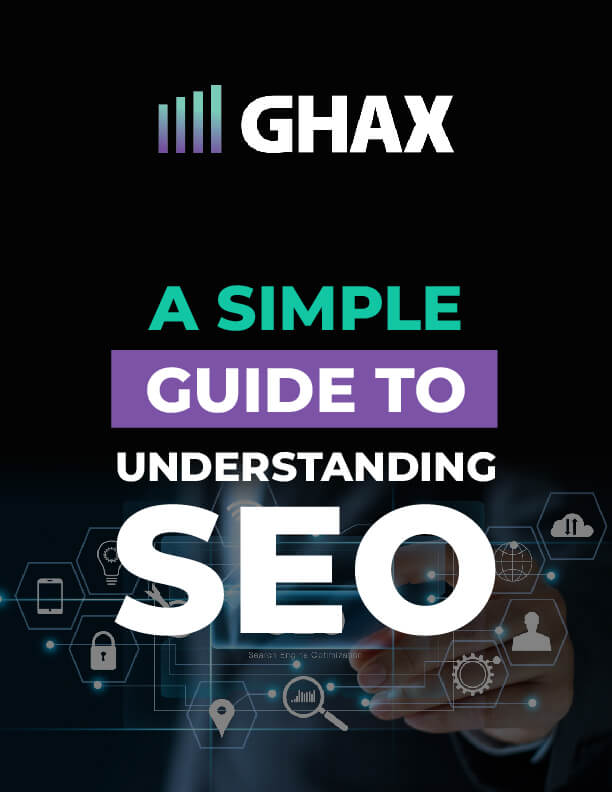Facebook ads have become a go-to for marketers who want to amp their sales through social media.
With its power to drive traffic and convert customers, Facebook ads have shown to be a powerful marketing weapon. That’s why more than 92% of social marketers use Facebook for advertising.
However, simply posting a Facebook ad isn’t enough. You have to write incredible copy that will help you achieve your goal – convert users into buyers.
With that in mind, we have compiled the most effective tips that will help you write Facebook ads that convert.
1. Have Your Audience in Mind
Facebook is the best for targeting a specific audience. The platform allows you to define the audience’s demographics, interests, and behavior.
Considering that Facebook lets you narrow down the type of audience you want your ad to reach, the platform will do its part. But you also have to do yours.
Put your audience’s interests in the first place. Do some research on the type of language style your audience uses, their preference for imagery, whether they navigate towards a humorous or professional tone, and so on.
Facebook will make sure that your ad goes to the right people, however, you have to make sure that you choose the right approach.
Analyze your audience based on your customer’s behavior, comments, reviews, posts, etc. You can even look into your website’s statistics to find the keywords that attract the most attention, for example.
Once you get to know your audience better, it will be easier for you to write in a manner that will be appealing to them.
2. Get Some Perspective on What Works
Your Facebook ad copy needs to resonate with your target audience, that’s clear. But how can you know what works for them?
Do some research on the type of copy that your target audience consumes.
Start with spying on your competitors. Since you share the target audience, their Facebook ad copy can reveal the wording, visuals, and approach that your audience responds to.
You can also look at the ads on your Facebook feed. This will help you pinpoint the type of ad that is best at snatching people’s attention.
Consult with your family, friends, and team members to get more insight into what ad characteristics make them want to pay attention to a Facebook ad.
Information that you collect from different sources will give you a more objective overview of effective Facebook ad elements.
3. Write Variations of the Copy
With Facebook’s incredible ability to target a specific group of people, it would be a waste not to make the most out of it.
Your target audience probably has lots of similarities, but you shouldn’t neglect their differences either. Writing the same exact copy for a female and male audience (for example) won’t be as effective as if you create two different versions – for men and women.
Of course, creating different copies for different audiences isn’t always necessary. But, in some instances, it can be highly relevant.
Let’s say that you are a footwear retailer for women of all ages. You can write two different ads, one for the younger audience (Gen Z and Millennials) and one for the 40+ audience. In this way, you can orient each copy towards those different groups since their preferences in footwear and style of the copy notably differ.
Variations in the ad’s copy will allow you to orient the copy towards benefits and information that specific groups of people will be interested in.
4. Consider the Ads Position
Depending on where your ad will be positioned, different aspects of the ad will be highlighted. Take into account how will parts of your copy be arranged once the ad is published.
The headline isn’t always the main displayed element. Instead of putting all your efforts into crafting a perfect headline, first, think about what the user will notice first.
Based on the location of the text in the ad, you can think of a way to deliver the information to the user in the right order.
For example, if the headline is below the image, you might want to write a tempting call to action within the headline and put your marketing copy in the body section.
5. Create a Compelling Lead
The first 200 characters of your copy are prevailing. If you manage to hook the users with the lead, you’ll be on the right path toward conversion.
Dedicate your greatest writing effort to those first 200 characters. That’s what the users are going to focus on.
Once you draw them in with the lead, they’ll be motivated to click on “See more,” and you’ll get them to explore your offers.
Without a compelling lead, users won’t have a good enough reason to spend time engaging with your ad. Consequently, you’ll lose your chance for conversion.
6. Be Concise
People usually skim their screen when scrolling through Facebook’s home page. If you want your ad to stop the movement of their fingers, you have to catch their attention. That’s why you should keep it short.
Let’s look at these two examples:
- Fall sale with 30% off everything!
- Come and check out our fall sale, where you can get 30% off.
Which text would catch your attention? You must agree that it’s the first one.
When writing the text that will be in focus (whether that’s the headline or not), try to be as concise and precise as possible.
Ask yourself: What is the value of this ad to the reader? That’s how you’ll come up with the perfect, short content.
Crafting an effective text with a minimal number of words can be a challenge. If you get stuck with this task, turn to a writers are experts in condensing pages of research into shorter content.
Additionally, your attempts to shorten the copy might lead to incomprehensible text. That’s why you should consider using Grammarly, Hemingway App or TrustMyPaper writing service that will inform you of your copy’s readability.
7. Use Everyday Language
Copywriting is aimed at conversion and selling. You don’t have to impress anyone with your fancy expressions, you need to make it clear what you are offering.
Writing in everyday language ensures that every single person (regardless of age and education) can understand your ad.
A straightforward copy that embodies simplicity helps the audience gather information fast.
Your copy should explain what you are offering, the benefits of your product/service, and the next step the reader can take. That’s it. Wrap that up in simple language, and you’ll have your winning formula.
For maximum impact, your writing should be at a level of around 6th or 7th grade for a wide audience. If you are targeting high-level business executives, this level will certainly go up.
Use tools like Readable that will show your score on the Flesch-Kincaid grade level test.
To improve your copy’s readability, you can:
- Use shorter words
- Keep the vocabulary clear and simple
- Use action words
- Avoid passive voice
- Write shorter sentences
- Use a variety of different sentence lengths (to make the copy sound more conversational)
8. Use Numbers and Evocative Words
Attention-grabbing words are your best bet for retaining your audience’s focus on your ad. Evocative words will wake people up from their mindless scrolling and let them know that there is something relevant about your ad.
Here are some examples of evocative words:
- Exclusive
- Appetite
- Crave
- Desire
- Need
- Power
Aside from evocative words, you also shouldn’t undermine the importance of numbers. Numbers highlight great offers and add credibility to your copy. They make the copy more persuasive, specific, and, most importantly, drive conversions.
Megan James, a clinical psychotherapist and content strategist, explained the correlation between the psychology of numbers and conversion:
“People respond to organization, and digits act as helpful symbols that easily categorize the content.” She also explained how you can use numbers to help conversions, “Listicles and numerals used in headlines are easy, effective ways to play the numbers game. Use figures (4) whenever possible versus writing out the numeral (four).”
9. Add a Compelling Call-to-Action
If you want to increase your conversion rate, you have to have a great call-to-action button (CTA).
According to research by AdEsspresso, any CTA button (Learn more, Sign up, or Download) is better than having none. Without a call to action, users might think that the ad is a standard post without any offsite link.
Tell the users what their next step needs to be and provide them with a path towards it.
Not every ad has to have a CTA, but if yours do, put some thought into it.
What determines your CTA is your ad’s goal. Do you want the user to subscribe? Check out your products? Or purchase your offer? Be clear about what they should do.
Facebook will offer you some suggestions for CTA. You have to use a CTA that will be a logical follow-up to your ad’s copy.
Final Thoughts
The main intention of every marketer who crafts Facebook ads is to make sales. Converting users into buyers and increasing your sales rate won’t be achievable unless you strategize writing your Facebook ads.
The above-mentioned tips will give you the key ingredients for targeted and converting Facebook ad copy. Add your authentic twist to the mix and put yourself in the customers’ shoes, and you’ll find your winning recipe for driving conversions.




